Amongst all Chinese Holidays, many Chinese regard the Mid-Autumn festival (a.k.a. Moon Cake Festival) as their favorite right after the Chinese New Year holiday.
Not only is this holiday important, because it’s about family reunion, but also all the fun traditions that come with it, makes this period one that people really look forward to!
In this post, we’ll discuss all the important customs. If you’re interested in the history and legends related to moon cakes, also visit this page: History of Moon Cakes & The Legend of Chang’e
1. Dinner with Family
The round moon during the Festival represents the reunion. Chinese families gather and have dinner together. For locals, this customs is mostly upheld.
Migrants
However, many Chinese who work in big cities are migrants. And making a quick trip back to their hometown can be a challenge. Thus for many migrants they only tend to go back and visit their family during the Chinese New Year break. Luckily, it’s always possible to send their wishes through a WeChat message (China’s most popular chat app).
Most migrants that don’t visit home, will hang out with friends, while having dinner and sharing moon cakes together.
Eating out
While traditionally people cook at home, nowadays, eating outdoors has the preference by most Chinese. The more traditional Chinese restaurants have private rooms, and those tend to be fully booked weeks in advance.
Did you know?
- Did you know that in Vietnam, people also celebrate? However, the theme of the festival is less about family reunion. It’s more focused on children.
- Japan has a related holiday known as Tsukimi.
- Koreans also celebrate mid-autumn festival. Over there, it’s called Chuseok.
2. Moon Cakes
Moon cakes are traditional pastries that tend to be 6-9 cm in size with sweet dense stuffings that come in great variety. Traditional ingredients include lotus seed powder, sugar and salty egg yolk.
Their traditional round shape symbolise reunion, together and completeness. That why it’s such a popular occasion to share moon cakes together. While dinners are often outdoors, visiting family and good friends at their homes with a box of moon cakes is highly popular.
Did you know?
- Moon cakes are cut into the amount of wedges that is equal to the number of family members.
- Due to the sweet flavour, moon cakes are often served with traditional Chinese tea to balance out the sweetness. Teas like Zheng Shan Xiao Zhong black tea and Tie Guan Yin oolong tea are the most commonly served.
- Moon cakes are rarely eaten, let alone available, outside the Mid-Autumn festival period. They are really considered food dedicated for the holiday.
- Companies often send gifts to their employees. Most often they are a set of moon cakes.
3. Observing the Moon
With the moon itself playing such an important part in this holiday, it’s obvious you’ve to at least take a glance at the perfect round shape. Poems from ancient times often relate watching the moon to the emotion of longing for families and their homeland.
Some Chinese will plan to visit the best spots in the city to watch the moon after dinner. This can be simply at a friend/family with the best balcony or at a hill inside a local park.
Did you know?
- Worshipping the moon: A disappearing tradition is one that’s about worshipping the moon. In the past people put moon cakes, together with fruits, candles and incense on a table.
4. Travelling
The Moon Cake festival isn’t just a tradition, but also public holiday. Given that people get 3 days off, short trips are becoming popular in the age of travel. People tend to visit places nearby, though they definitely have to book bus, plane or train tickets well in advance!
5. Shopping
When the Chinese are free, they spend! There will be discount promotions every where. Whether people browse popular online platforms like Taobao, Tmall, JD or Pinduoduo; or go offline and visit shopping malls, there’s always lots of special deals that catch their attention.
6. Traditional Customs by Minorities
While the above traditions are common throughout China, they may be different for many minority groups. There are many minority groups who maintain their customs of worshipping the moon as a god.
For example, the Dai people still worship the moon symbolising the reincarnation of their mythical hero. There’s this legend about Yan Jian, who is the third son of the Heaven Emperor. He was a great general that defeated lots of enemies allowing the Dai to flourish. But after an unfortunate death, he rose and became the moon.
Did you know?
- The Oroqen minority fill basins with clear water to reflect the moon. They then throw small rocks in the water to ‘strike the moon’.
- The Zhuang minority sacrifice fruits and other offerings on an altar. They also place a bamboo pole on the altar symbolising a ladder, which the Moon Goddess can use to descend on earth and then return to Heaven.
- The Mongolians love to chase the moon. They’ll sit on their horses and gallop in Western direction. They’ll not stop chasing all the way until the moon sets in the west.
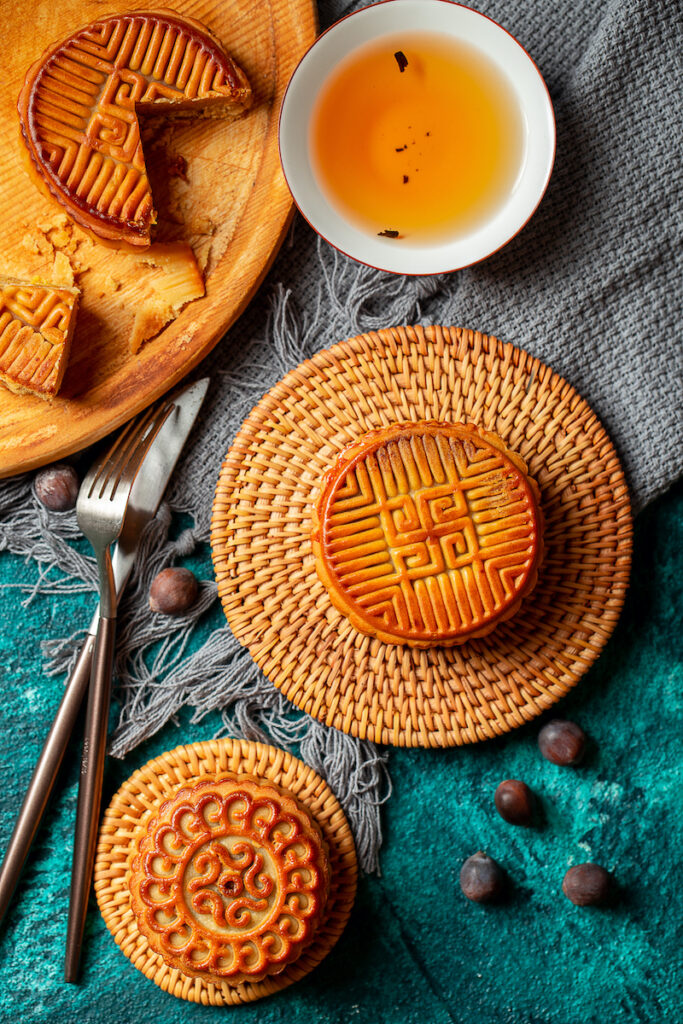

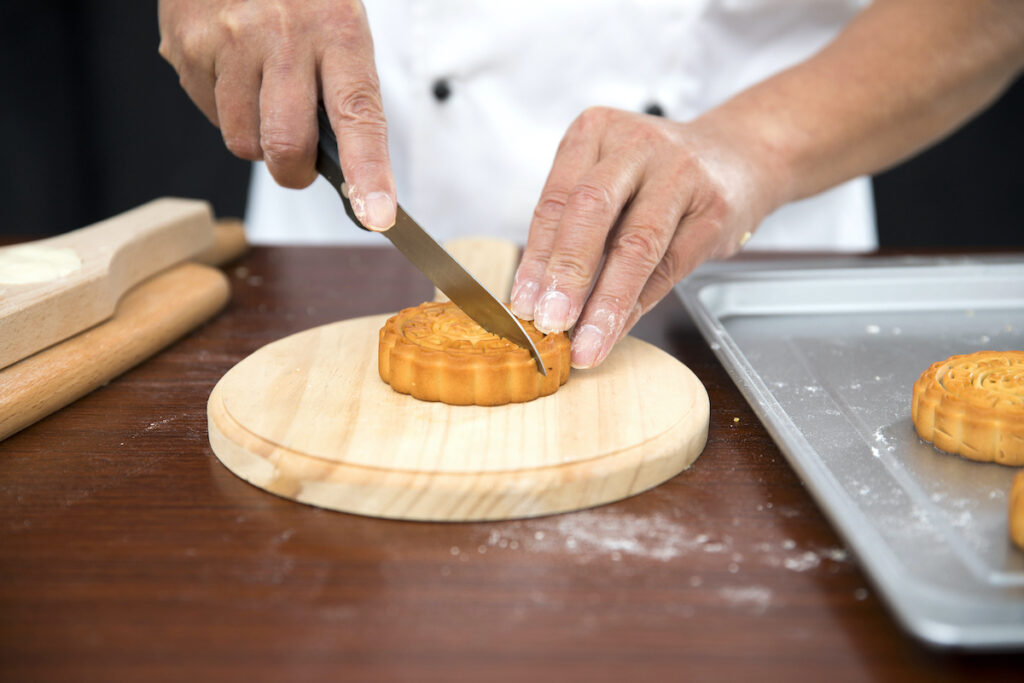
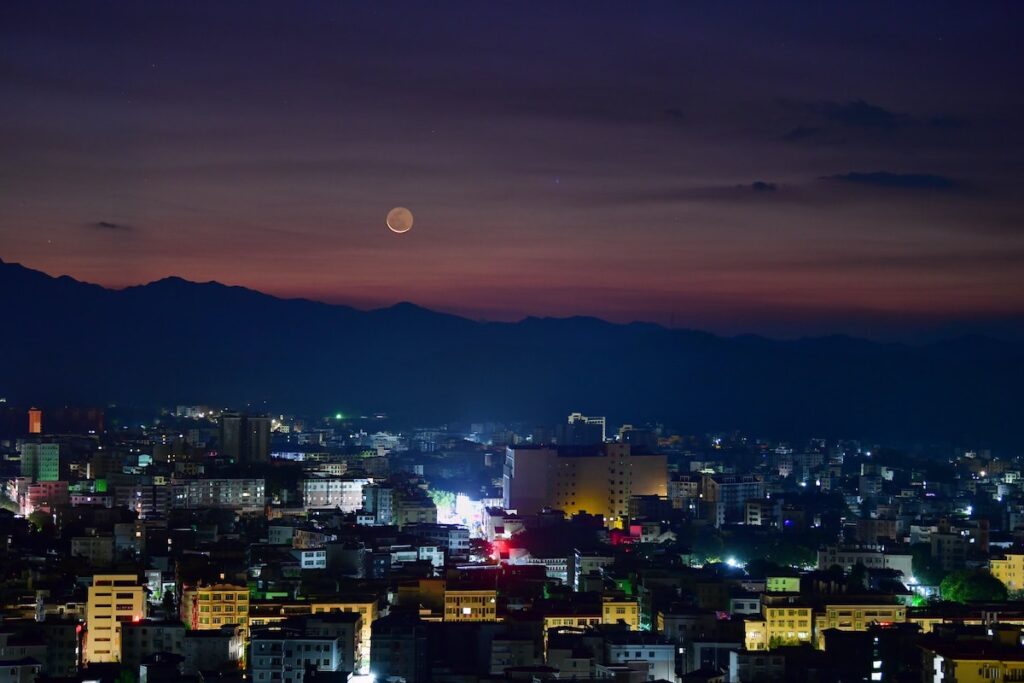
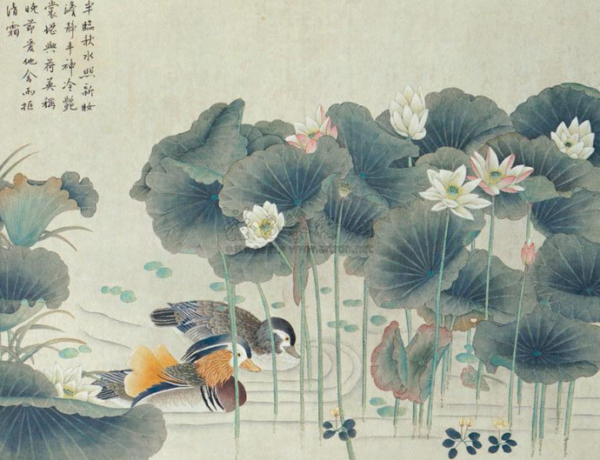
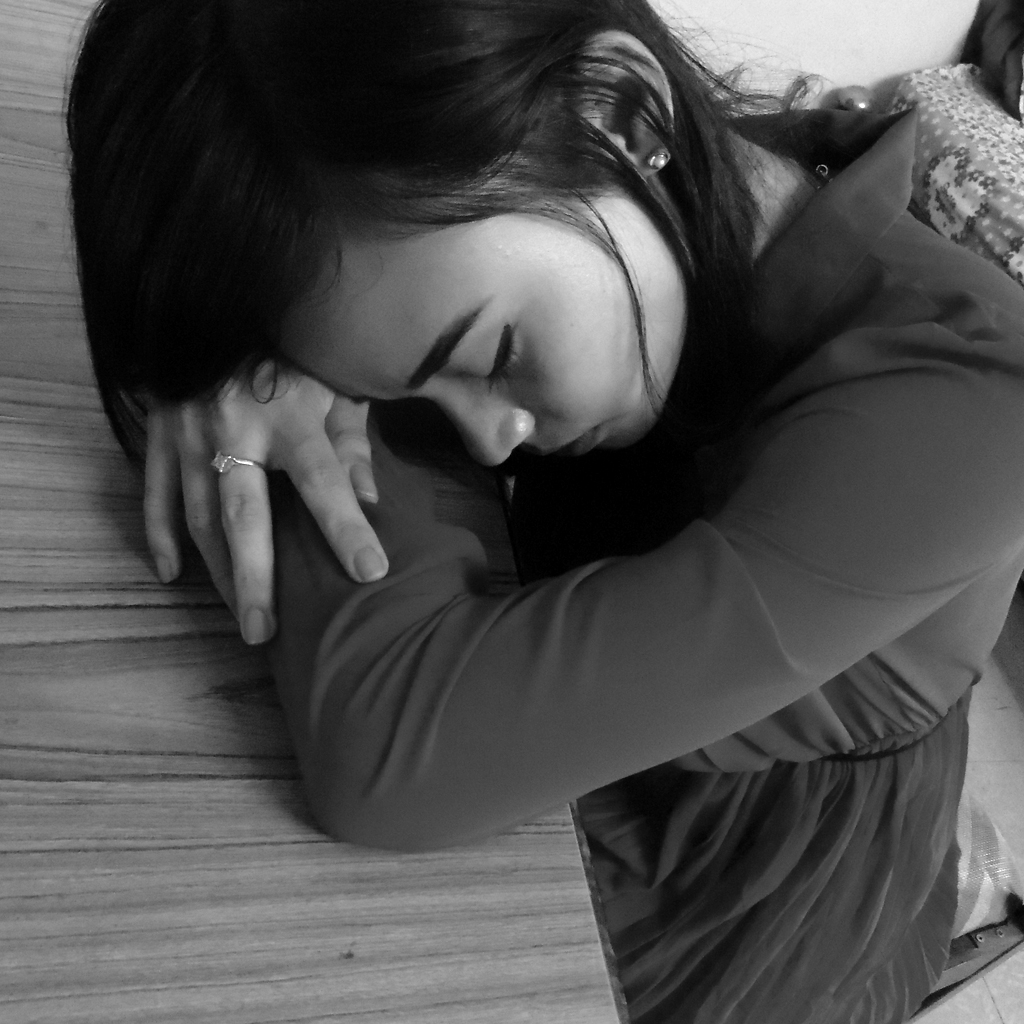
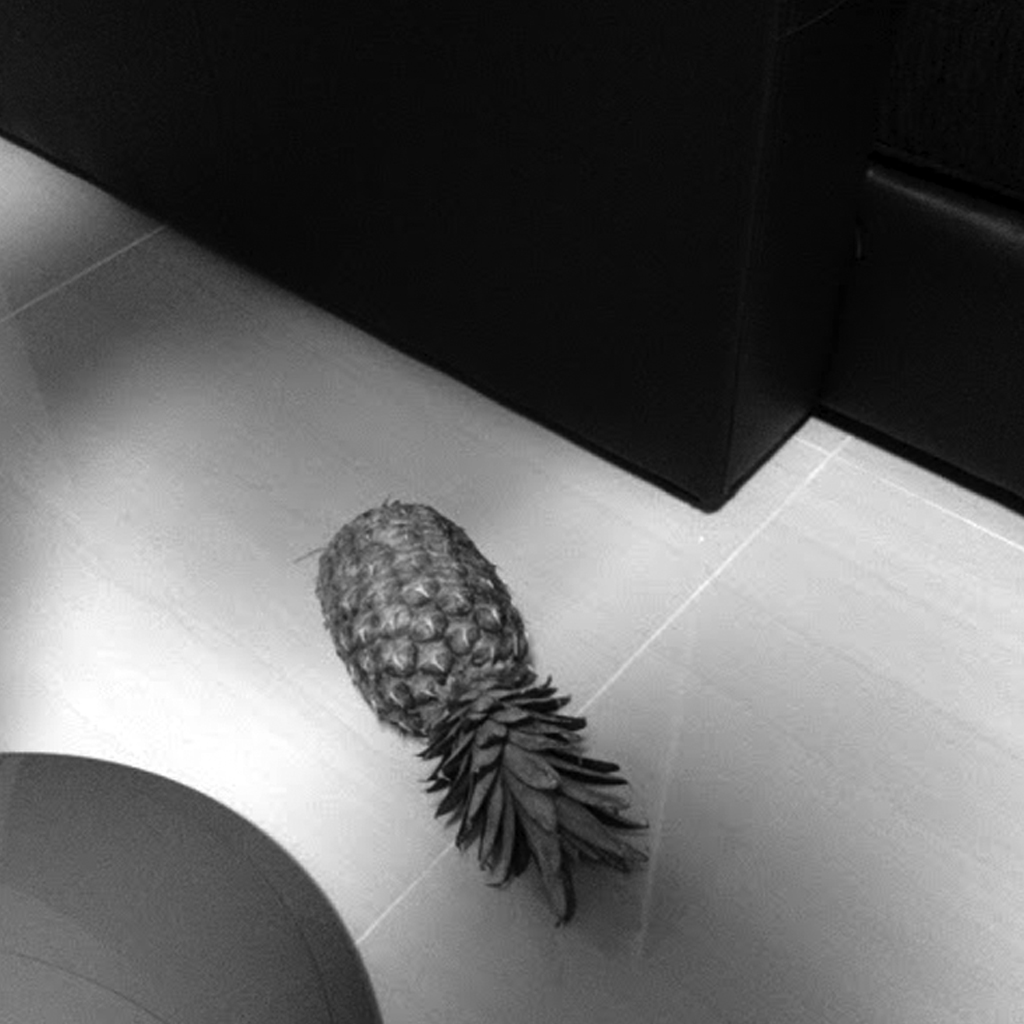
No Comments